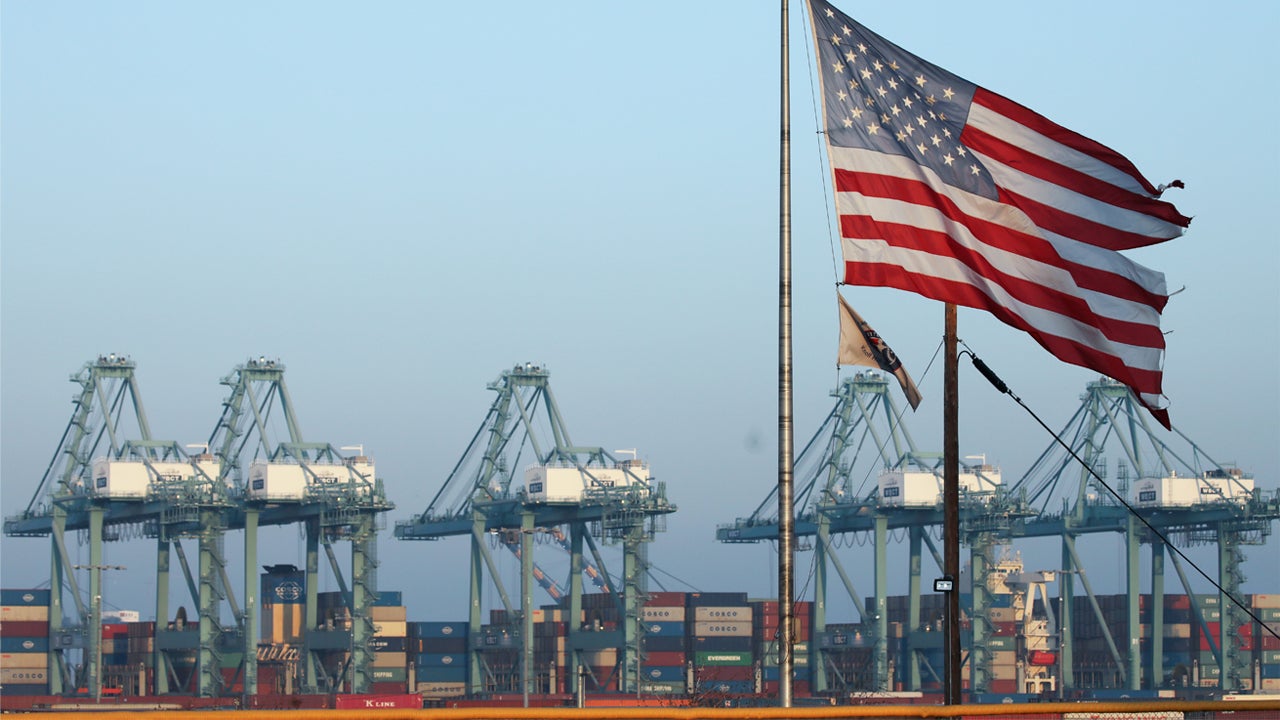
Economy Upbeat US economy
Strong enough to derail trade war angst?
China’s slowdown more serious than it officially appears
Growth in the economies of emerging markets (EM) has slowed markedly over the past 18-months, from 7.25% p.a. to 3.25% p.a.
Most of this weakness has been concentrated in EMEA (Europe, Middle East and Africa), and to a lesser extent in Latin America.
Portfolio flows from non-residents into EM economies remain bifurcated; non-resident equity flows have been falling consistently in the years following the global financial crisis and are currently very muted (especially outside of China), whereas non-resident debt flows remain robust, and have picked up throughout 2019 (especially outside of China and India).
Clearly, trade disruptions are depressing economic activity, although there are domestic problems in two of the largest EM economies: China and India.
China has entered a period of deflation as it unwinds a decade of excessive credit growth and excess leverage.
China’s slowdown therefore is significantly more serious than appears in the official GDP statistics. Based on the Invesco index of economic activity in China, we estimate the economy was growing at just 5% in September, and will probably slow further, effectively creating a recession for an economy with a potential growth rate of around 6% p.a.
In India the story is broadly like that seen in China, although India’s credit-fuelled expansion started earlier while the slowdown has been more spread out.
In short, like the developed economies during the global financial crisis, both China and India are experiencing a credit crunch that is affecting both their formal and shadow banking systems.
The consequence is a distinct slowdown of economic growth and inflation for both economies which should extend well into 2020 and probably beyond.
The slowdown of these two giants of the emerging world will inevitably affect the demand for commodities from other EM economies, the supply chains that they are linked to, and their demand for capital equipment and machinery from developed economies such as Japan and Germany.
These developments are all independent of the trade and tariff disputes between the US and China, Europe or Latin America.

